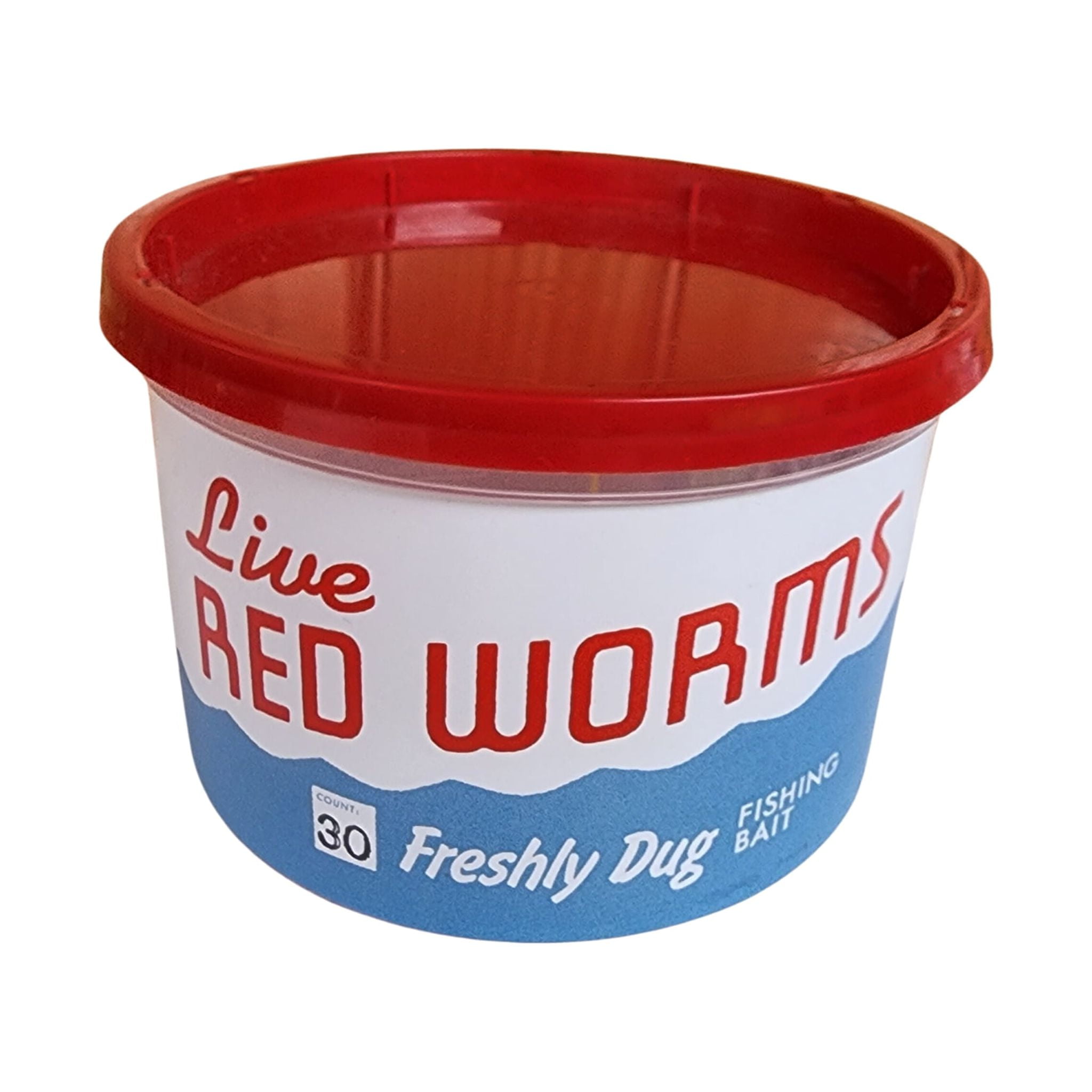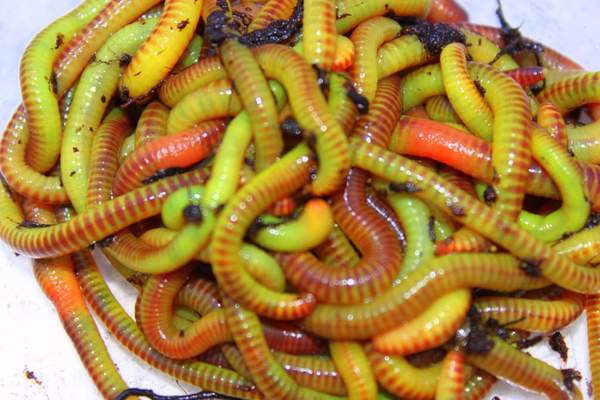Getting The Where To Find Red Wigglers To Work
Getting The Where To Find Red Wigglers To Work
Blog Article
The 7-Second Trick For Where To Find Red Wigglers
Table of ContentsUnknown Facts About Where To Find Red Wigglers3 Easy Facts About Where To Find Red Wigglers ShownFascination About Where To Find Red WigglersFascination About Where To Find Red WigglersThe 10-Minute Rule for Where To Find Red WigglersThe Facts About Where To Find Red Wigglers Revealed
For best outcomes, you desire to shoot for regarding 60-70% wetness degree. At the best wetness degrees which is just under 70% that handful should barely yield one drop of fluid.
The Indian Blue is starved, however likewise prefers a warmer environment and it also exhibits a propensity to get away the container. The red wiggler is a sturdy worm and isn't as choosy concerning its environment. I like to call it the Ford Taurus of vermicomposting worms; you will not boast to your hardcore composting friends that you possess them, yet they will offer you well.
Like any type of other lure, a worm's effectiveness has come to depend upon its discussion. H.G. "Faucet" Tapply highlighted this factor nearly a half century back in one of his Field & Stream columns. "A worm is such an unformed animal," he composed, "there doesn't seem to be significantly an angler can do with it other than stab it on a hook and throw it right into the water." However as Faucet demonstrated, a fishermen can do a good offer to make a worm extra enticing.
Fascination About Where To Find Red Wigglers
I think you will certainly too if you try them. The smaller the trout stream, the much better worms job is an axiom that hasn't transformed in the 100-plus years given that Perry wrote his write-up. Anglers of his era merely stuck their weak fishing pole with alder tangles and went down a heavy worm into a deep hole.
Morning is prime feeding time, and the insubstantial bait's slow-moving descent leaves 5 inches of squirming healthy protein completely view for rather a while. After you've made the actors, maintain the bail open and placed the rod in a forked stick. The line will diminish the pole in sluggish loopholes as the worm resolves, however typically the sluggish loops will certainly come to be a blur, and the morning will unexpectedly get rather intriguing.
I normally utilize a whole 'spider, favor marabou clothing, and drop the rod for two or three seconds when I get a hit.
If it's there, set the hook with a sweep instead than a jerk. As soon as in a while you'll discover yourself hooked to those slow, hearty yanks, and feel the weight of a wonderful walleye.
Where To Find Red Wigglers Can Be Fun For Everyone
When the heavy walleyes proceed to the big-water shoals in the late summer, try pursuing them with a bucktail jig and a 1-inch pinch of nightcrawler. The bait covers the hook factor, disperses weeds, and uses a preference of victim. With absolutely nothing dangling or waving, it continues to be safe no matter current, casts, or enthusiastic panfish.
Whether you're wading or fishing from a watercraft, drifting worms is just one of the fantastic searching strategies visit this website for bigger rivers. For trout, a spade-dug, 4-inch garden worm is the ideal dimension; for bass, walleyes, and steelhead, a nightcrawler might be a much better option. The secret is to wander the lure through feeding and holding areas because fish in current are not mosting likely to ferret out the lure, as they might in still water.
Fish the transitions: mouths of tributaries, bank-side slicks, and the edges of large pools. His rule uses to any number of angling maneuvers, consisting of the issue of adding an item of worm to a damp fly.

Everything about Where To Find Red Wigglers
Load it with shredded newspaper, leaves, peat moss, and dirt. Moisten lightly. Cover and let rest for a week. Include a few hundred worms and feed them two times a week. Maintain the bed linens wet however not wet. On the food selection: lettuce, vegetables and fruit waste, and the periodic nongreasy leftover.
Similar to veggie scraps, you can take your utilized coffee premises and include them to a worm box. Worms love eating coffee premises. With the right conditions and wet, healthy soil, worms can live in a bucket of dust for around 3 weeks. Store out of straight sunlight and maintain at a temperature level in between 50 look these up and 80 degrees.
When the hefty walleyes go on to the big-water shoals in the late summer, attempt going after them with a bucktail jig and a 1-inch pinch of nightcrawler. The bait covers the hook factor, deflects weeds, and supplies a taste of victim. With absolutely nothing dangling or flapping, it remains safe and secure More Info no matter of current, casts, or enthusiastic panfish.
Things about Where To Find Red Wigglers
Whether you're wading or fishing from a watercraft, wandering worms is one of the fantastic browsing methods for bigger rivers. Where To Find Red Wigglers. For trout, a spade-dug, 4-inch yard worm is the best dimension; for bass, walleyes, and steelhead, a nightcrawler may be a much better option. The key is to wander the lure with feeding and holding areas because fish in present are not going to go after down the bait, as they could in still water
Fish the shifts: mouths of tributaries, bank-side slicks, and the edges of large swimming pools. His motto uses to any kind of number of angling maneuvers, consisting of the matter of adding an item of worm to a damp fly.
Increasing your very own lure indicates you can slide out of the home and struck the pond prior to Mom comes homejust like in the old days. Here's how to keep a worm box: Cut a sheet of CDX-grade plywood, which is made with water-resistant adhesives, to your measurements. Nail it with each other and pierce a loads 12-inch holes in all-time low for drainage.
Not known Details About Where To Find Red Wigglers
Fill it with shredded newspaper, leaves, peat moss, and soil. Moisten gently. Cover and let rest for a week. Include a couple of hundred worms and feed them 2 times a week. Keep the bed linen damp but not wet. On the menu: lettuce, vegetables and fruit waste, and the periodic nongreasy extra.
Just like veggie scraps, you can take your made use of coffee premises and include them to a worm box. Worms love consuming coffee grounds.
Report this page